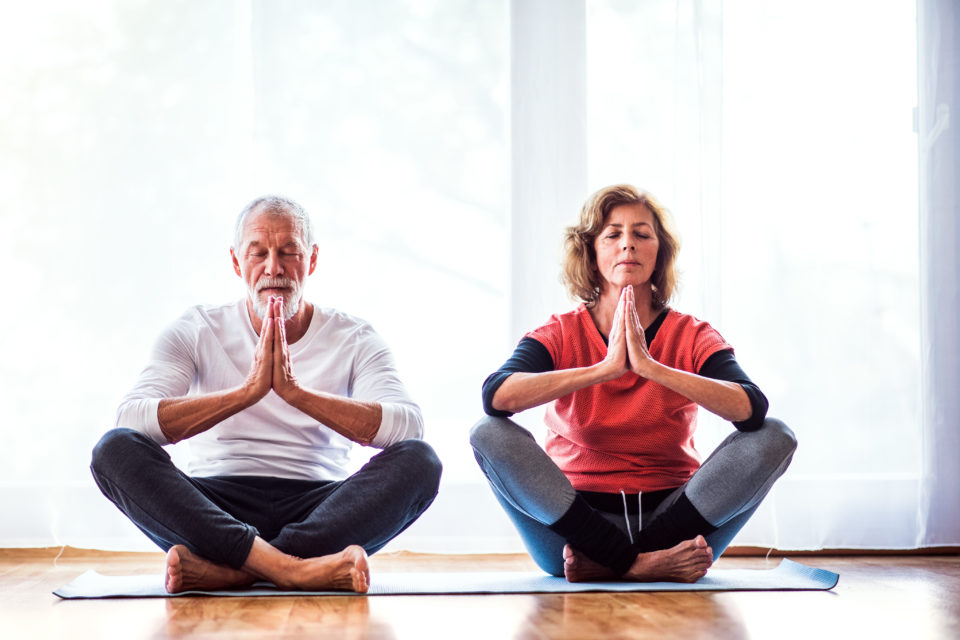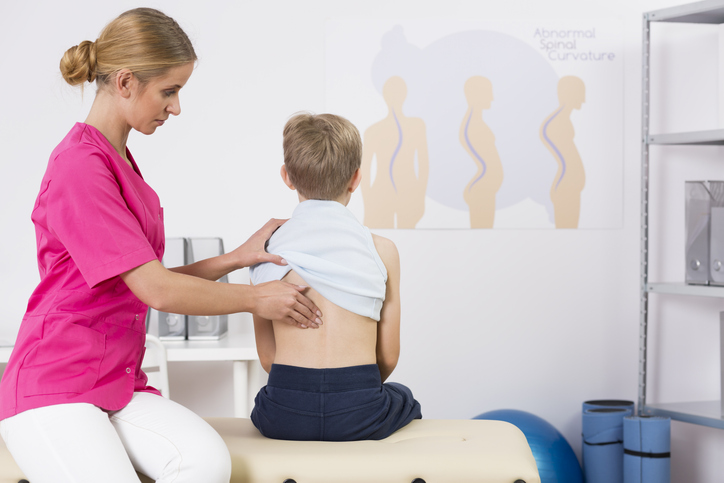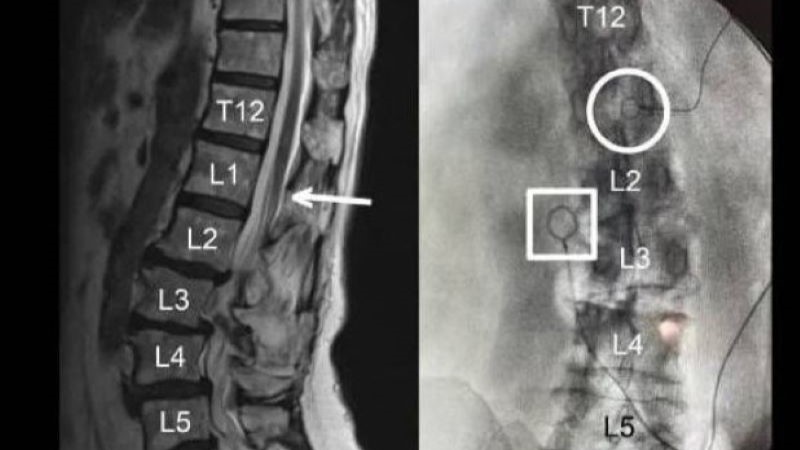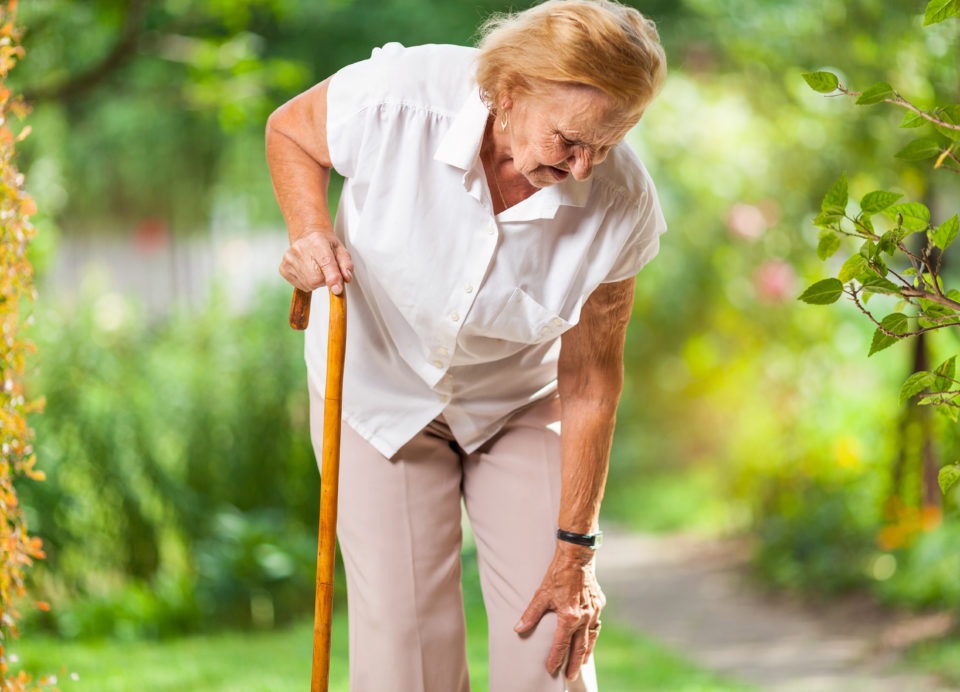
Recent research discovered that yoga and physical therapy (PT) may be useful tools for patients living with chronic low back pain looking to get a better night’s sleep.
“Poor sleep is common among adults with chronic low back pain (cLBP), but the influence of cLBP treatments, such as yoga and physical therapy (PT), on sleep quality is under studied,” the study authors explained. These patients commonly use sleep aid medications, which may come with serious side effects as well as increase the risk of opioid-related overdose.
“Looking to holistic health has helped in identifying ways to treat these conditions that could help decrease the reliance on these medications as well as keep patients safer and more comfortable,” said lead study author Eric Roseen, DC, MSc, in a press release. There are Holistic treatments that may help provide relief from muscle and joint pain.
The present study, published in the Journal of General Internal Medicine, was a secondary analysis of a randomized controlled trial that took place at an academic safety-net hospital and seven affiliated community health centers. The study enrolled adult patients with cLBP who received either 12 weekly yoga classes, one-on-one PT sessions, or an educational book pertaining to back pain. The Pittsburgh Sleep Quality Index (PSQI) global score (0–21) was used to evaluate sleep quality at baseline and again at 12 and 52 weeks. The researchers also assessed how many patients attained a clinically meaningful improvement in sleep quality, defined as a PSQI reduction > 3 points after 12 weeks of intervention.
Final analysis included 320 patients (mean age, 46.0 years; 64% were female; 82% were non-white). Close to all of patients (92%) reported poor baseline sleep quality (PSQI > 5). After 12 weeks of intervention, sleep quality modestly improved in the yoga (PSQI mean difference [MD], –1.19; 95% CI, –1.82 to –0.55) and PT groups (PSQI MD, –0.91; 95% CI, –1.61 to –0.20). Patients whose six-week pain and physical function improved by at least 30%, versus those who saw a less than 10% improvement, were more likely to be a 12-week sleep quality responder (odds ratio [OR], 3.51; 95% CI, 1.73 to 7.11; and OR, 2.16; 95% CI, 1.18 to 3.95, respectively). Outcomes remained similar at 52 week follow-up.
“The high prevalence of sleep problems in adults with chronic low back pain can have detrimental effects on a person’s overall health and well-being,” said Dr. Roseen, who is a researcher in the department of family medicine at Boston Medical Center and an assistant professor of family medicine at Boston University School of Medicine. “This really emphasizes the need for providers to ask patients with chronic low back pain about the quality of their sleep. Given the serious risks of combining pain and sleep medications, nonpharmacologic approaches should be considered for these patients.”







 © 2025 Mashup Media, LLC, a Formedics Property. All Rights Reserved.
© 2025 Mashup Media, LLC, a Formedics Property. All Rights Reserved.